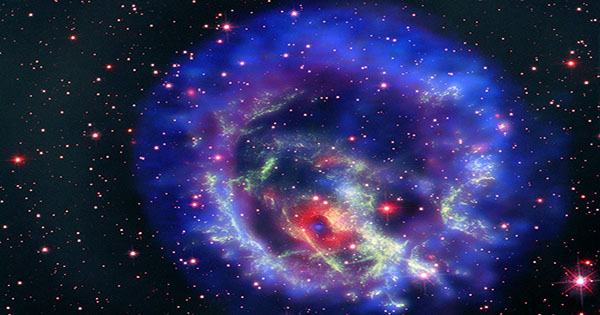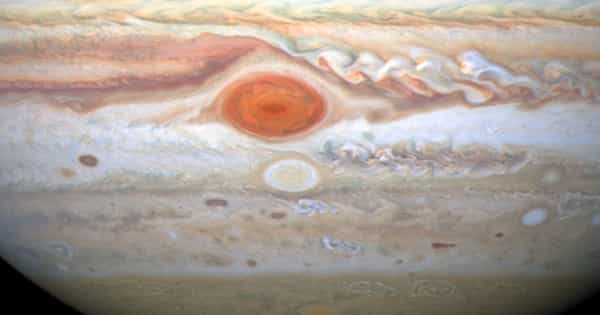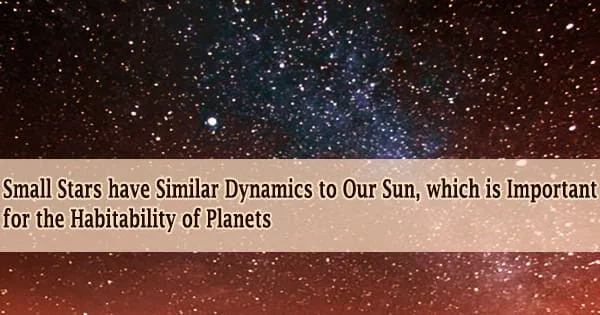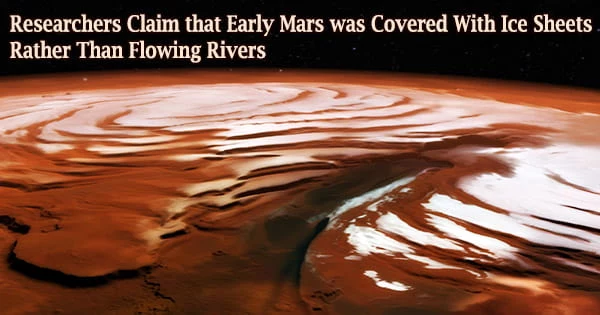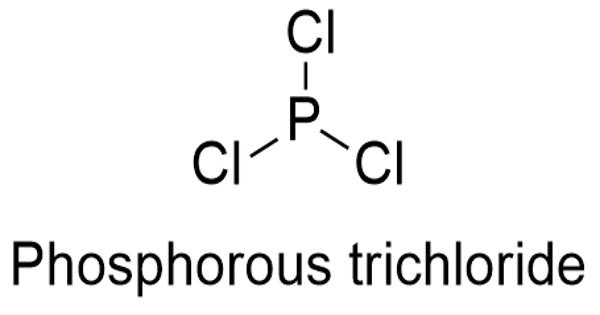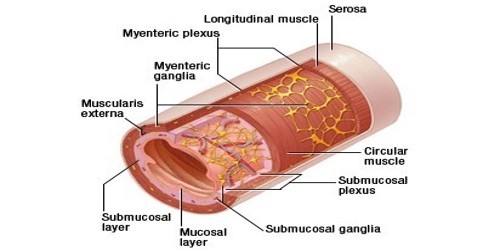On March 29, 2021, scientists (astronomers) from the Southwest Research Institute (SwRI) in San Antonio, Texas, announced that they had successfully used the Juno spacecraft to discover previously unseen features associated with Jupiter’s aurora. The auroral emissions were caused by charged particles coming from the edge of Jupiter’s vast magnetosphere, according to SwRI scientists. The SwRI-led Ultraviolet Spectrograph (UVS) on NASA’s Juno spacecraft orbiting Jupiter enabled scientists to discover faint aurora options likely caused by charged particles coming from Jupiter’s massive magnetosphere. This prevalence is shown in the false coloration series of images taken 30 seconds apart (purple panels), which display ring-like emissions that increase rapidly over time.
Jupiter and the Earth both have magnetic fields that shield them from the solar wind. The magnetosphere grows in size as the magnetic field becomes stronger. Jupiter’s magnetic field is 20,000 times stronger than Earth’s, resulting in a massive magnetosphere that deflects solar wind 2-4 million miles until it reaches Jupiter.
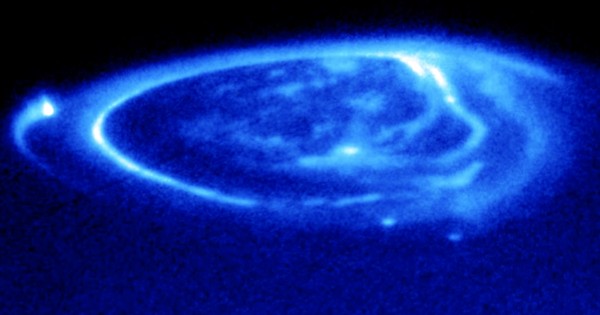
NASA said: “A lasso-like curtain of glowing gas wraps around Jupiter’s north pole in this Hubble telescope picture. High-energy electrons race through the planet’s magnetic field and into the upper atmosphere, where they excite atmospheric gases and cause them to glow, resulting in the aurora. The aurora is similar to the phenomena that occur in the polar regions of the Earth.”
The expanding rings are about 1,200 miles (2,000 kilometers) wide and move outward at a rate of about 3 miles (5 kilometers) per second. Other auroral features on Jupiter, which are produced by internal processes, such as the motion of charged particles inside Jupiter’s vast magnetosphere, tend to have a different origin than these rings, which are bright in ultraviolet light.
“We think these newly discovered faint ultraviolet features originate millions of miles away from Jupiter, near the Jovian magnetosphere’s boundary with the solar wind,” said Dr. Vincent Hue, lead author of a paper accepted by the Journal of Geophysical Research: Space Physics. “The solar wind is a stream of charged particles released by the Sun at supersonic speeds. When they arrive at Jupiter, they communicate with the planet’s magnetosphere in a way that is still unknown.”
One of the objectives of the Juno mission, which was recently extended until 2025 by NASA, is to study Jupiter’s magnetosphere by using the UVS instrument to measure its auroras. Scientists have determined that the majority of Jupiter’s strong auroras are caused by internal phenomena, such as the motion of charged particles within the magnetosphere, thanks to observations made with the Hubble Space Telescope and Juno. However, UVS has observed a faint form of aurora that is characterized by rings of emissions that expand rapidly with time on several occasions.
Another potential sun-related explanation for the formation of these emission rings is a magnetic reconnection event in Jupiter’s magnetosphere. You may have heard of magnetic reconnection on the sun, which occurs when magnetic field lines twist or overlap, forming new connections, releasing the separated plasma, which can then blast outward in a massive flare or ejection, potentially causing auroras. When the solar wind hits Jupiter, the Jovian magnetic field will interact with it, rearranging and reconnecting to cause auroras, just as it does on Earth. A dayside magnetic reconnection is the name for this form of occurrence.
“Despite several years of observations from Earth combined with a number of in-situ spacecraft measurements, scientists are still unsure about the role of the solar wind in regulating Jupiter’s auroral emissions,” stated SwRI’s Dr. Thomas Greathouse, a co-author on this examine. “Jupiter’s magnetospheric dynamics, or the movement of charged particles within its magnetosphere, are largely regulated by its 10-hour rotation, which is the fastest in the solar system. The location of photovoltaic wind is still up for discussion.”
“The high-latitude location of the rings indicates that the particles causing the emissions are coming from the distant Jovian magnetosphere, near its boundary with the solar wind,” said Bertrand Bonfond, a co-author on this study from Belgium’s Liège University. Plasma from the solar wind often interacts with Jovian plasma in this area, resulting in “Kelvin-Helmholtz” instabilities.
When shear velocities exist, such as at the interface of two fluids traveling at different speeds, these phenomena occur. Dayside magnetic reconnection events, in which oppositely directed Jovian and interplanetary magnetic fields collide, rearrange, and reconnect, are another possible source of the rings. Both of these processes are thought to produce particle beams that pass along the magnetic field lines of Jupiter, ultimately precipitating and triggering the ring auroras.
“The Juno extended mission will enable us to capture and explore more of these faint transient events, even if this research does not conclude what processes generate these options.,” Hue stated.
Information Sources:

